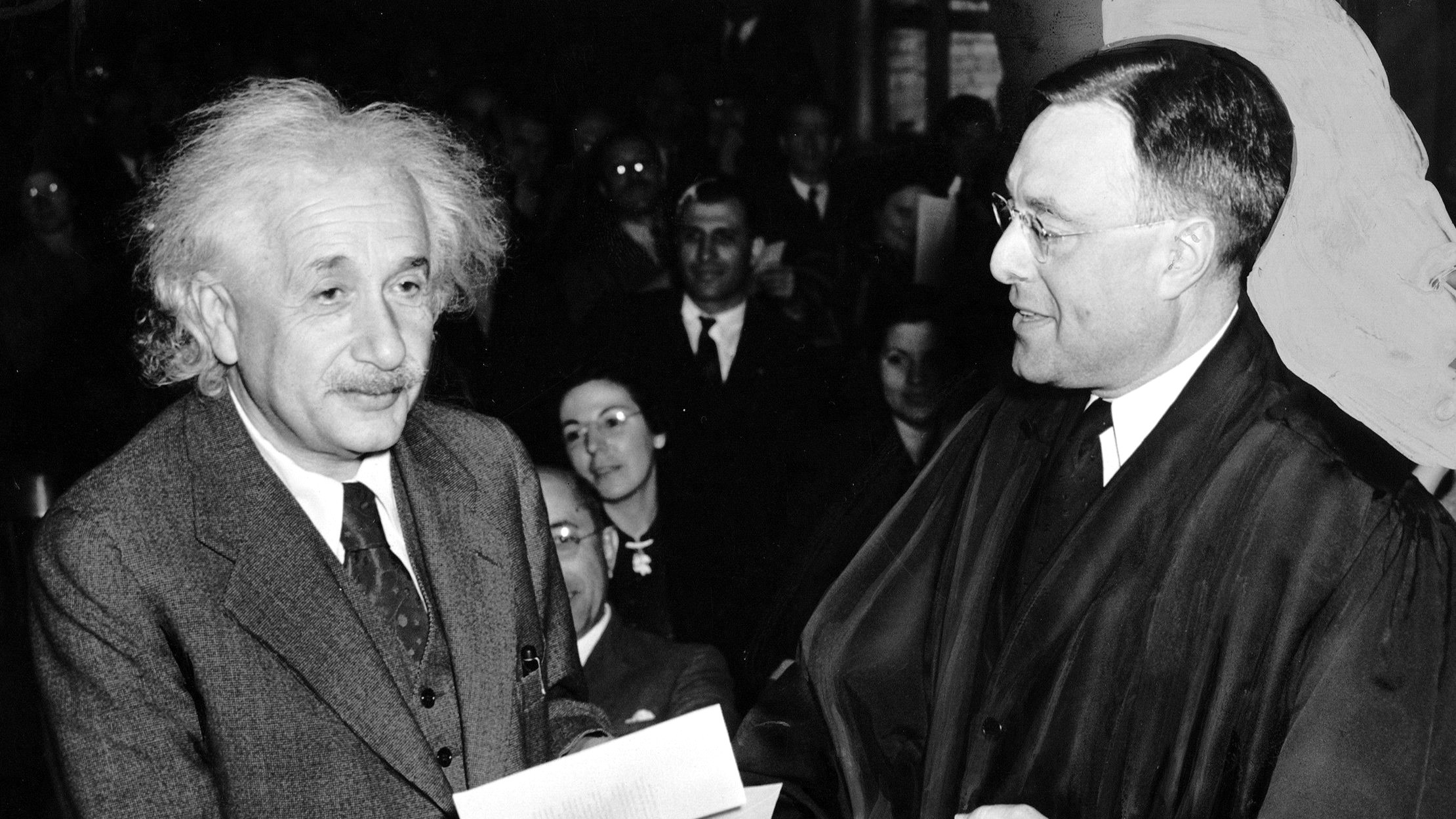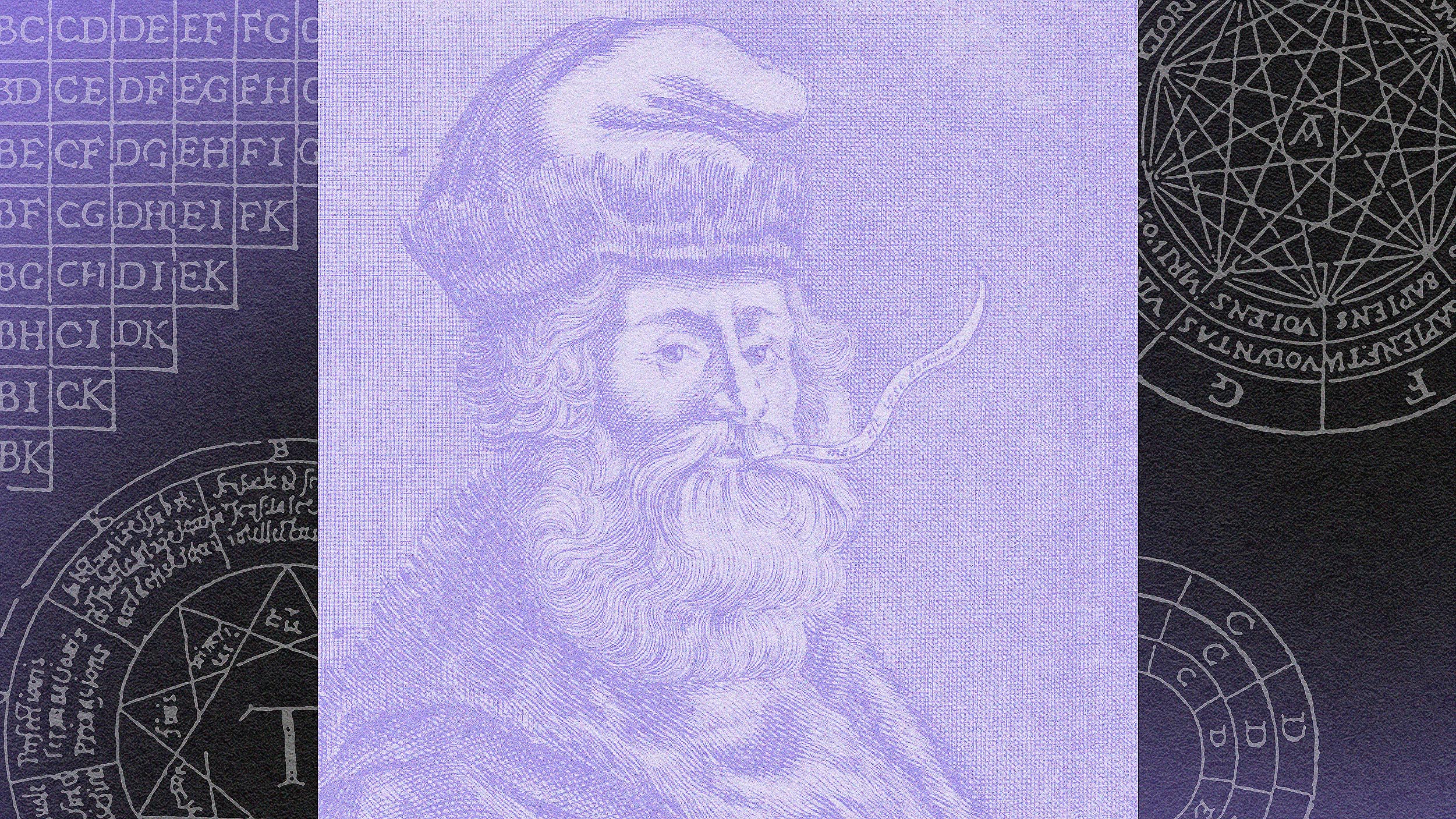Are principals “public figures?”
Defamation can be either
written (libel) or spoken (slander) and is generally defined as false statements
of fact that harm another’s reputation. The United States Supreme Court ruled in
1964 that public officials must prove “actual malice” in order to win a
defamation lawsuit(New York Times Co. v. Sullivan, 376 U.S. 254).
Actual malice is defined as publication despite knowledge that the
statement was false or with reckless disregard for whether it was false. Truth
always is a defense against a defamation lawsuit unless there is malicious
intent. Also, written or spoken communication that is readily understood to be a
satire, parody, or humorously intended situation generally is not found to be
defamatory because the audience understands that the writing/speech is not
intended to be a statement of fact.
The New York Times principle was later extended to “public figures”
(see Curtis Pub. Co. v. Butts, 388 U.S. 130 (1967). A public
figure
is someone who commands “a substantial amount of public
interest by his position alone or has thrust himself by purposeful activity into
the vortex of an important public controversy” (19 A.L.R.5th 1).
So are
school administrators considered to be public figures for purposes of a
defamation lawsuit
? Well, as is usually the case with the law, it
depends.
Courts have ruled that principals ARE public figures in
- New York (Jee v. New York Post Co., Inc., 671 N.Y.S.2d 920 (1998));
F.Supp. 1439 (1993)).
Courts have ruled that principals ARE NOT public figures
in
- Georgia (Ellerbee v. Mills, 262 Ga. 516 (1992));
and
30 (2001));
Superintendents and assistant superintendents generally have been found by
courts to be public figures (see, e.g., Di Bernardo v. Tonawanda Pub.
Corp.
, 499 N.Y.S.2d 553 (1986)); Kefgen v. Davidson, 617 N.W.2d
351 (2000); and Beck v. Lone Star Broadcasting, Co., 970 S.W.2d 610
(1998)).
So will the
former principal of Hickory High School in Hermitage, Pennsylvania
win his
lawsuit against the four students who created parody
MySpace profiles
of him? Only if the court determines that
- the principal is not a public figure, and
statements of fact rather than parodies, satire, or humor.
Given past case law, #1 could go either way but I’m guessing that #2 will
be pretty hard to prove
. It will be interesting to see what happens.
[Thanks, Wesley
Fryer
, for bringing this case to my attention!]
References
19 American Law Reports (5th) 1. Who is “public figure” for purposes of
defamation action.




